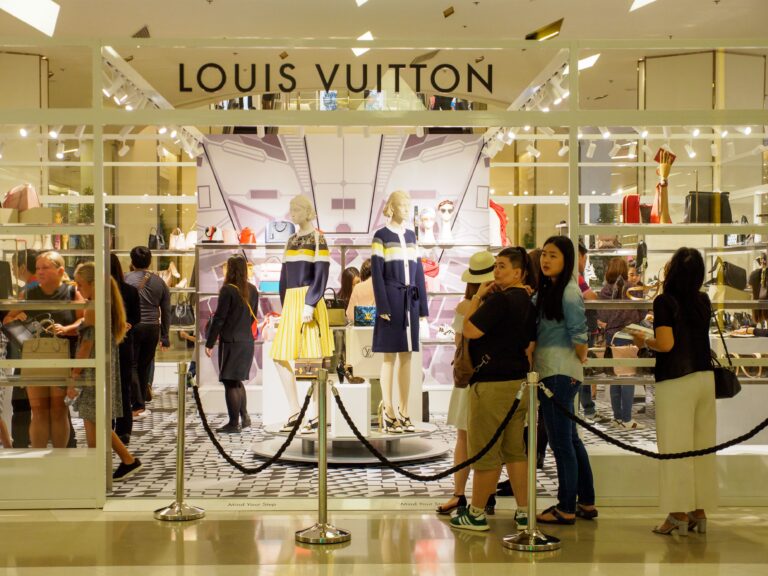Bluebell Group's “Asia Lifestyle Consumer Profile 2024”” report, released on March 11, examines the evolving dynamics of lifestyle consumption in Asia’s most vibrant consumer market.
The study surveyed 1,750 premium lifestyle enthusiasts from mainland China, Japan, South Korea, Hong Kong, Taiwan, and fast-growing markets in Southeast Asia, including Singapore and Malaysia, and examined global upheavals and economic fluctuations. It delves into the changing perception of luxury within the world.
This year's insights focus on the concept of luxury value, with Asian consumers balancing brand reputation, quality and return on investment potential, as well as price standardization and attitudes towards service, in their purchasing decisions. We are investigating how it is done.
The survey results reveal robust consumer optimism across Asia post-pandemic.
Chinese consumer optimism has remained high over the past four years, with 97% of respondents saying they are optimistic about the future. Consumers in Southeast Asia have become significantly more optimistic, with 93% expressing optimism, an increase of 17% since 2021. Additionally, in Japan, he has seen a significant increase in positive consumer attitudes since 2021.
Redefining luxury value
The luxury paradigm in Asia has shifted to a greater emphasis on craftsmanship, reputation and resale value, with the majority of consumers “prioritizing craftsmanship over brand and design.”
More than 70% of respondents across markets believe luxury is synonymous with quality, especially in China (94%) and Taiwan (93%). While brand reputation remains important, increased focus on resale value (Southeast Asia leads at 85%) is coupled with a move towards more cautious consumption and a “trend to buy fewer products and evaluate them more deeply” , the report outlines.

Localization and Asian premium brands
Preference for domestic luxury goods is increasing, with China (85%) and Southeast Asia (83%) leading the way in demand for premium brands in Asia, with consumers increasingly interested in the quality and availability of local luxury goods. This shows that people are becoming more aware of this.
This is followed by Taiwan (68%), Hong Kong (65%) and South Korea (62%), but Japanese consumers' preference is relatively low at just 51%. An analysis of local responses reveals the complexity of this power relationship.
The shift in consumer tastes toward homegrown premium options reflects the continent's growing cultural pride, making Asian brands strong competitors to Western brands, especially when it comes to the premium segment. It also shows that it is becoming more and more. Homegrown labels are often more nimble and able to adapt to their home markets culturally, stylistically, and economically.

high expectations
Asian consumers expect brands to offer special benefits and superior service, but expectations vary by market. But what are the expectations of brands to maintain customer loyalty?
The good news is that most of these highly sophisticated Asian consumers are willing to accept higher prices on luxury goods, as outlined in several articles. Kyo Nippo article. But this widespread willingness to shoulder the burden of rising price tags is not without its caveats.
The reward is an unwavering expectation of unparalleled quality and craftsmanship. This is a standard that brands must always meet. The survey shows that a significant majority in China and Southeast Asia (88% and 78%, respectively) exhibit strong resilience to price increases. This is in sharp contrast to South Korea and Japan, where only 62% and 49%, respectively, have similar attitudes.
The study also noted the digital dichotomy between consumers who gravitate towards brands' official websites for authenticity and those who prefer multi-brand platforms for variety and convenience. This highlights a critical issue for luxury brands.
Meeting the expectations of an increasingly digitally savvy consumer base and ensuring price uniformity across diverse shopping channels has emerged as a strategic imperative.
Consumers in China (59%), South Korea (61%), and Taiwan (54%) primarily prefer official brand websites and are more likely to engage with brands directly, perhaps seeking authenticity. Conversely, in Japan, Hong Kong and Southeast Asia, a significant portion of luxury customers lean towards the breadth and flexibility offered by multi-brand platforms, highlighting the prioritization of variety, competitive pricing and convenience. It has been.

These findings provide strategic insights for brands navigating Asia's complex, growing and diverse luxury goods market. These highlight the need for adaptability to meet the evolving expectations of a dynamic and diverse consumer base and demonstrate that it is essential for brands to navigate these complexities with proficiency and strategic foresight. I am.


